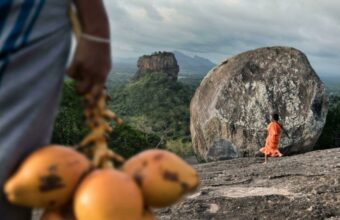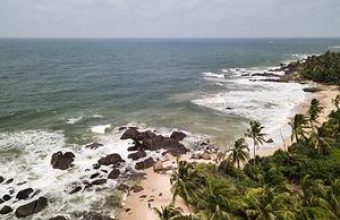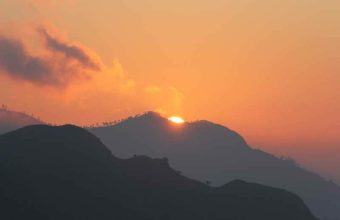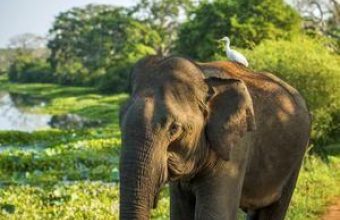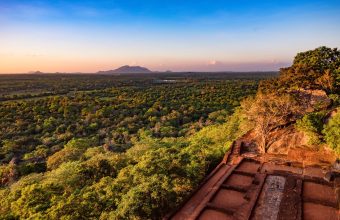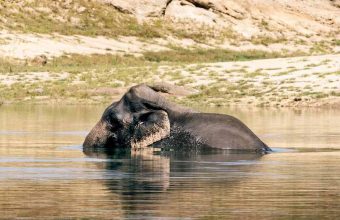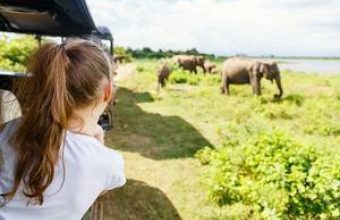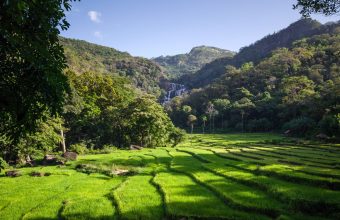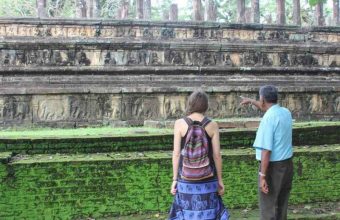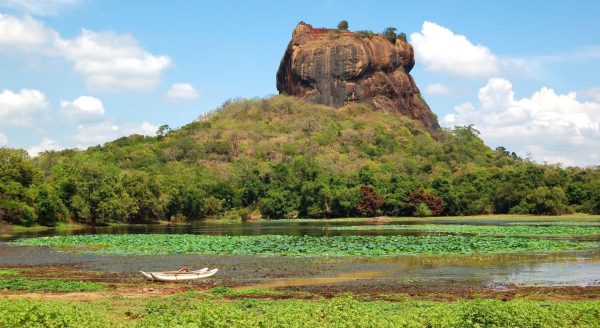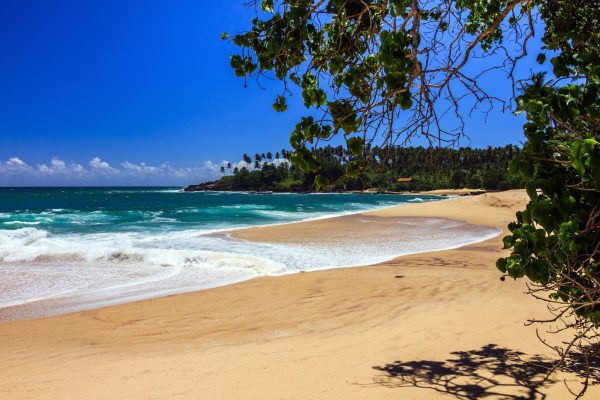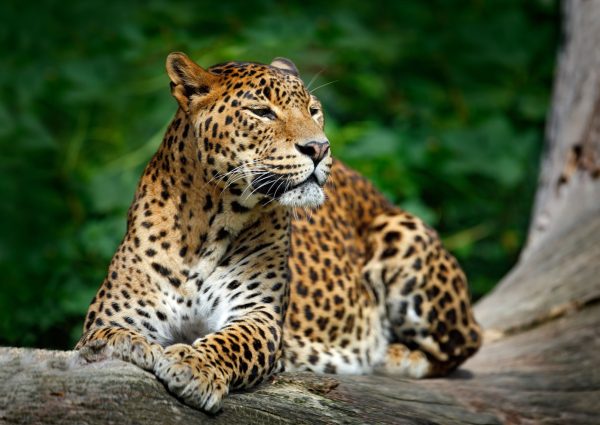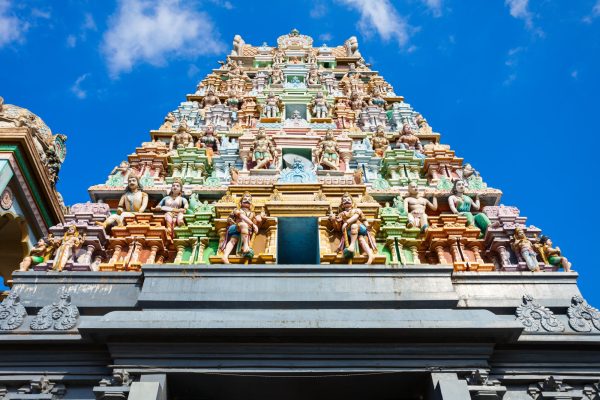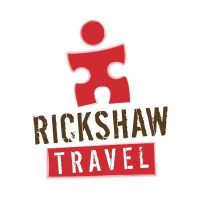Off The Beaten Track In Sri Lanka
An essential guide to seeing Sri Lanka's non-touristy side
From ancient ruins to a vibrant and welcoming contemporary culture; from lazy afternoons on glorious beaches, to hikes through the rolling hills of tea country and wild elephant spotting in untouched national parks; Sri Lanka is a destination that truly has it all.
Despite having its hard-won stability rocked by occasional political disputes, Sri Lanka's tourism infrastructure is developing in leaps and bounds. Hospitality is warm and abundant, transport is convenient, and accommodation – particularly in the independent boutique sector – is world-class.
But there is a downside to the country’s tourism boom. Rampant commercialisation along parts of the southwestern coast has lead to a proliferation of awful resorts and crowded, dirty beaches. Many of the most popular locations are busy, polluted and poorly-managed. Animal tourism, especially involving captive elephants, leaves a dark stain on the country’s environmental credentials.
Fortunately, as this guide shows, it’s remarkably easy to get away from it all and experience what might be called the "real" Sri Lanka. While the crowds line up at hotel buffets and squabble for sun loungers, you can get well and truly off the tourist trail and enjoy the country in all its diverse and authentic glory.
Here's our essential guide to getting off the beaten path in Sri Lanka and seeing the country unspoiled by tourism.
Unexplored places to visit in Sri Lanka
Escape the crowds and see the 'real' Sri Lanka
It might take a little extra effort, and perhaps the assistance of an expert tour operator or travel agent, but an undiscovered Sri Lanka awaits. And it’s certain to be worth the effort.
Here are a few of the best places to visit in Sri Lanka that haven't been spoiled by mass tourism.
Spend longer and delve deeper in the Cultural Triangle
Sri Lanka’s Cultural Triangle covers most of the country's key historical sites. While the Cultural Triangle features prominently on most whistle-stop itineraries, it’s worth spending longer here to get a deeper grasp on Sri Lanka’s pre-colonial history.
Well-known locations include Anuradhapura, Sri Lanka’s ancient capital city, which has a number of ruins to explore including the remains of the Royal Palace, built by King Vijayabahu during the 12th century.
The ancient palace in Polonnaruwa features restored walls and a well-preserved Audience Hall with carved elephants and lions at the entrance. Kandy’s Temple of the Sacred Tooth is an active temple is a two-storey high shrine topped by a golden canopy holding the Buddha’s Tooth.
Aluvihare is a collection of carved caves that make up the Aluvihare monastery, where the Tripiṭaka Buddhist scriptures were first written.
Lesser-visited sites include Arankele, isolated by dense forest, where you can visit the remains of a 6th century monastery and Ridi Vihara, Silver Temple, home to some of the best preserved Kandyan frescoes. The nearby Uda Vihara showcases intricately carved elephants and more frescoes.
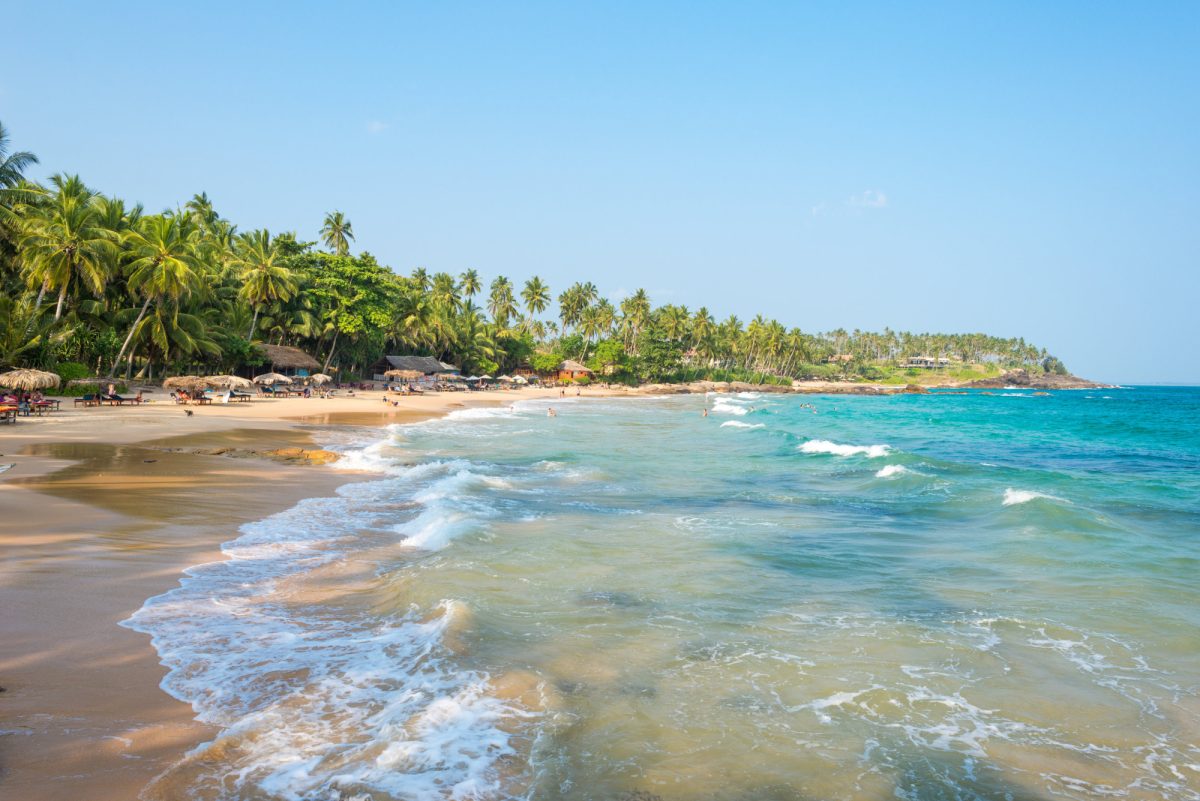
Quiet Goyambokka beach on the southern coast
Explore secret beaches on the southern coast
East of Galle, on Sri Lanka’s southern coast, Tangelle is a bit beyond the mainstream tourism circuit making the beaches here some of the most pristine you will find in the area.
Talalla is a sheltered cove which features shacks on the beach offering refreshments and Goyambokka is a sandy beach lined with palm trees with a few restaurants and bars.
There is also Parewella, a popular swimming spot, and Marakolliya Beach where it isn’t recommended to swim, but is great for quiet relaxation.
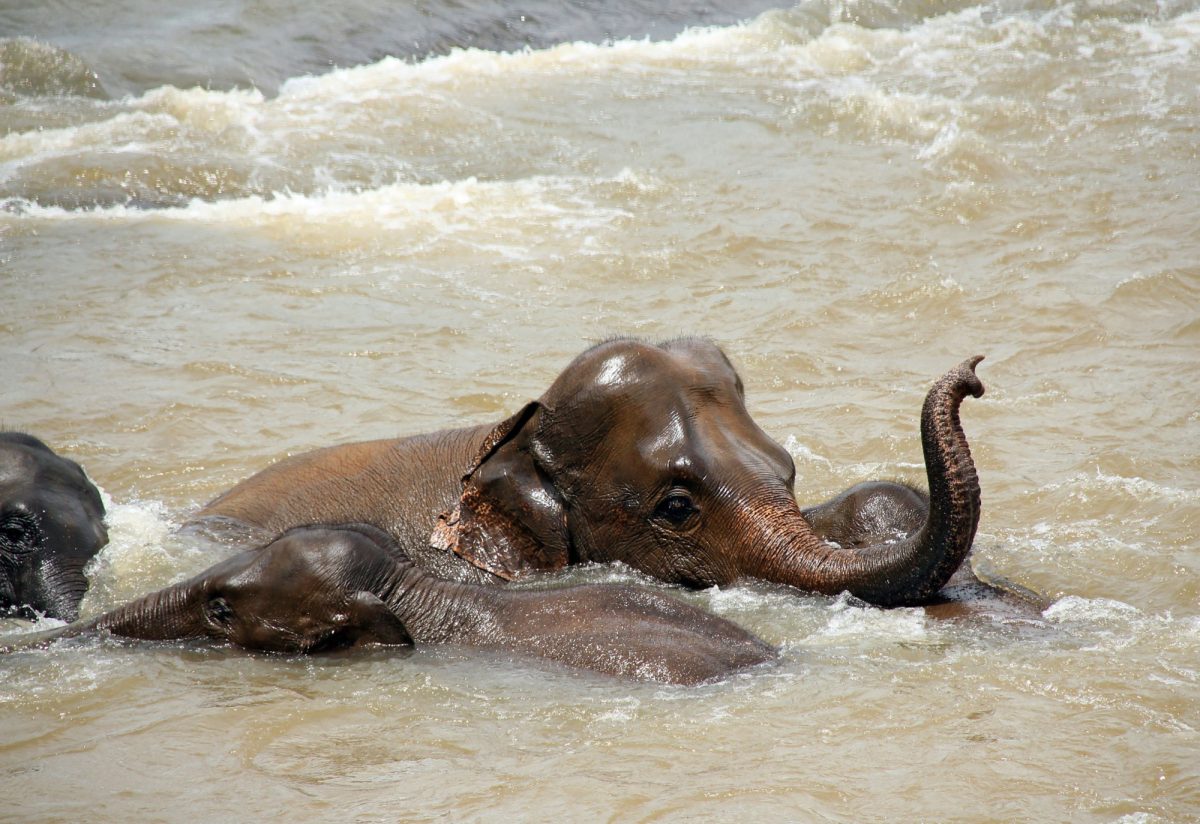
Swimming elephants in Gal Oya National Park
Nature watching in Gal Oya
Just outside the town of Ampara in the south-east of the island, Gal Oya National Park’s remoteness – and bumpy connecting roads – have kept it a relative backwater, usually overlooked by visitors.
Built around Sri Lanka’s largest man-made reservoir, the Senanayake Samudraya, Gal Oya’s chief attraction is its population of wild elephants (and leopards, although in smaller numbers). Having adapted to the local ecosystem, Gal Oya’s elephants have learned to swim from island to island in search of food.
The best way to spot them is on a leisurely boat safari – this is the only national park in the country to offer one – especially between the months of March and June.
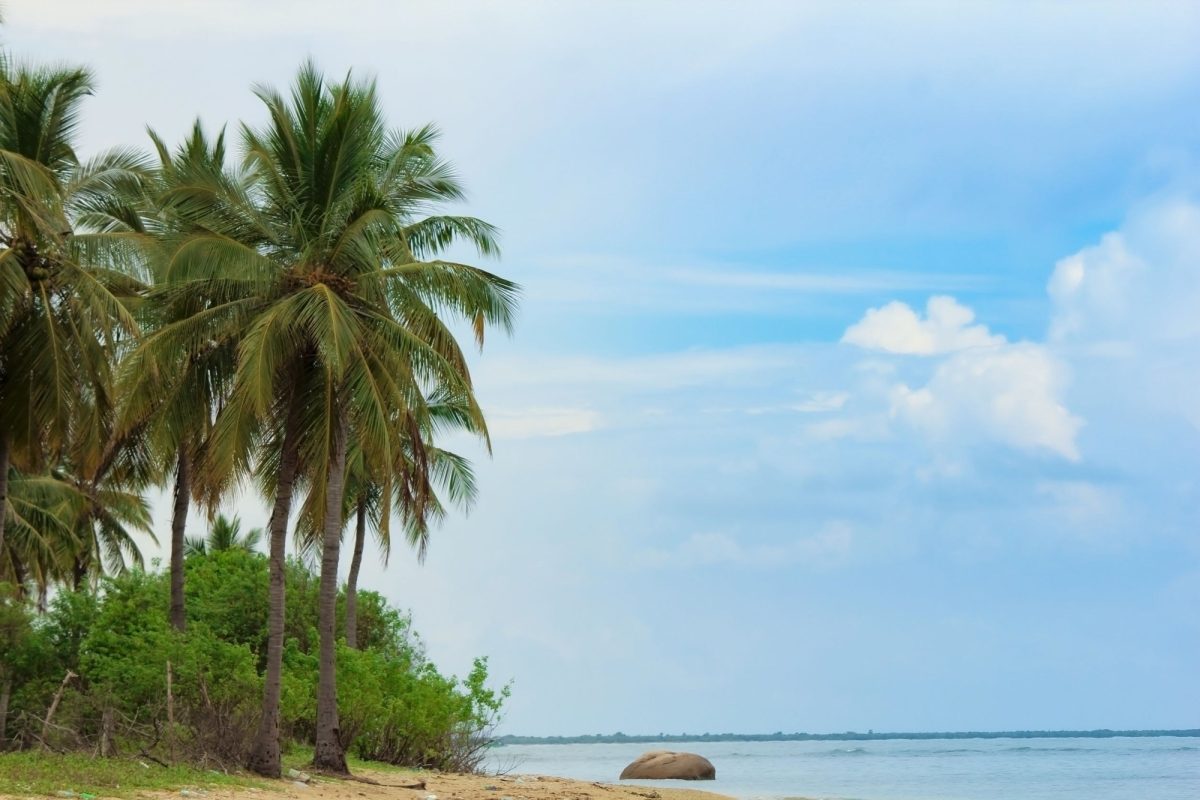
Pasikudah Bay on Sri Lanka's eastern coast
Diving on the eastern coast
Pasikudah Bay is a long stretch of white sand beach, north of Batticaloa, with shipwrecks scattered along the coast. There are a number of dive shops and operators offering tours or training. Key locations include the wreck of HMS Hermes and the Gladys Moller as well as wrek suitable for trainee divers.
Further north, Trincomalee is a popular area for spotting dolphins with Navy Island having a huge stretch of reef suitable for novice divers. Local companies offer courses in the area, with notable species to spot including sting rays, various types of eel and fish living in the coral.
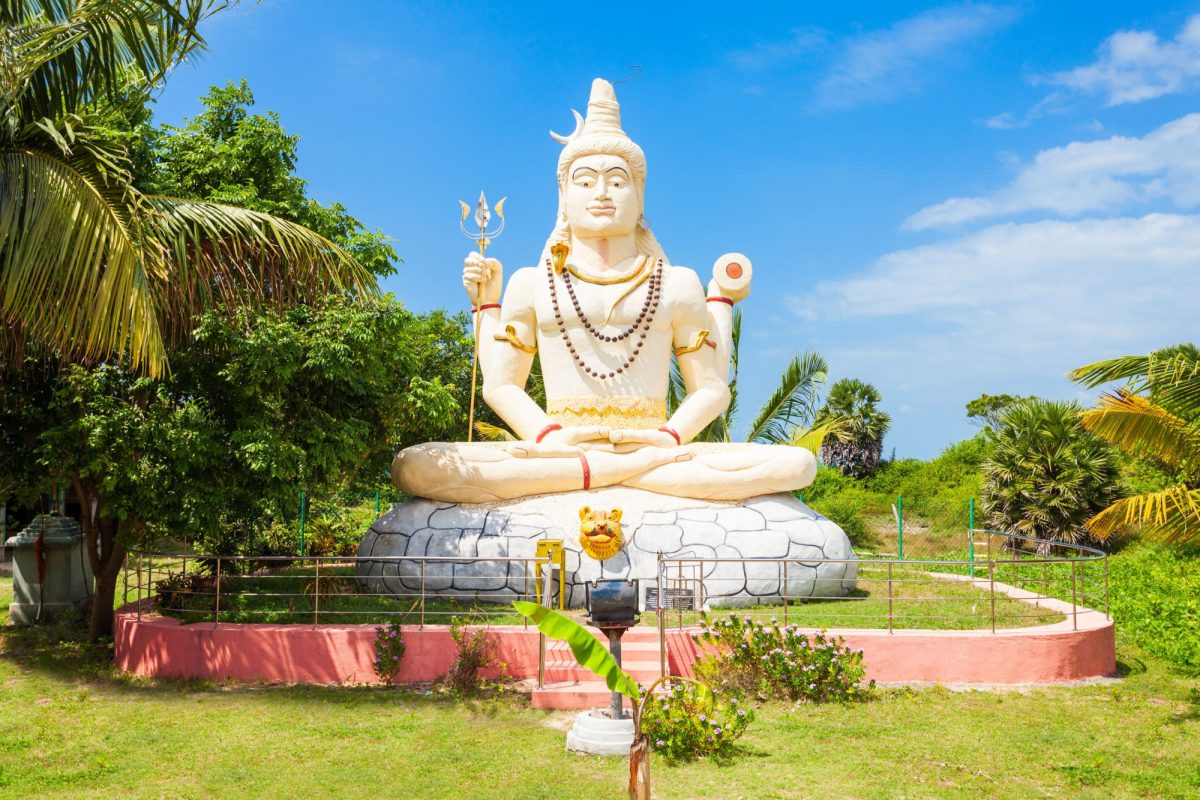
Sampunaatheecharam Shiva Temple in Jaffna
Head north
Only recently opened up to tourism after decades of civil war, Jaffna in northern Sri Lanka is much less commercial and quieter than the tourist hotspots further south.
Culturally and visually distinct from the rest of the country, Jaffna is a bastion of Hindu culture and history. The whitewashed stupas and Buddha statues of the rest of the country are notably absent here. Instead, you’ll find a profusion of candy-coloured, vividly decorated Hindu temples sprinkled across the Jaffna peninsula.
The beaches here are also a different league to those further south. The islands to the west of Jaffna are connected by a network of causeways, although some do require transport by boat. Delft is the most remote and known for its wild horses and Dutch Fort, while Kayts is the largest with, with popular strips of sandy beach. Nainativu hosts the Naga Pooshani Ambal Kovil, a vibrant Hindu temple featuring a silver stupa and a seven-headed cobra fountain.
In July or August, the Nallur Temple in Jaffna hosts the Nallur Festival, a 25-day celebration of faith in honour of Murugan, the deity of the temple. The streets become a vibrant market with vendors selling trinkets and sweets culminating in a chariot procession, parading the deity through Jaffna.
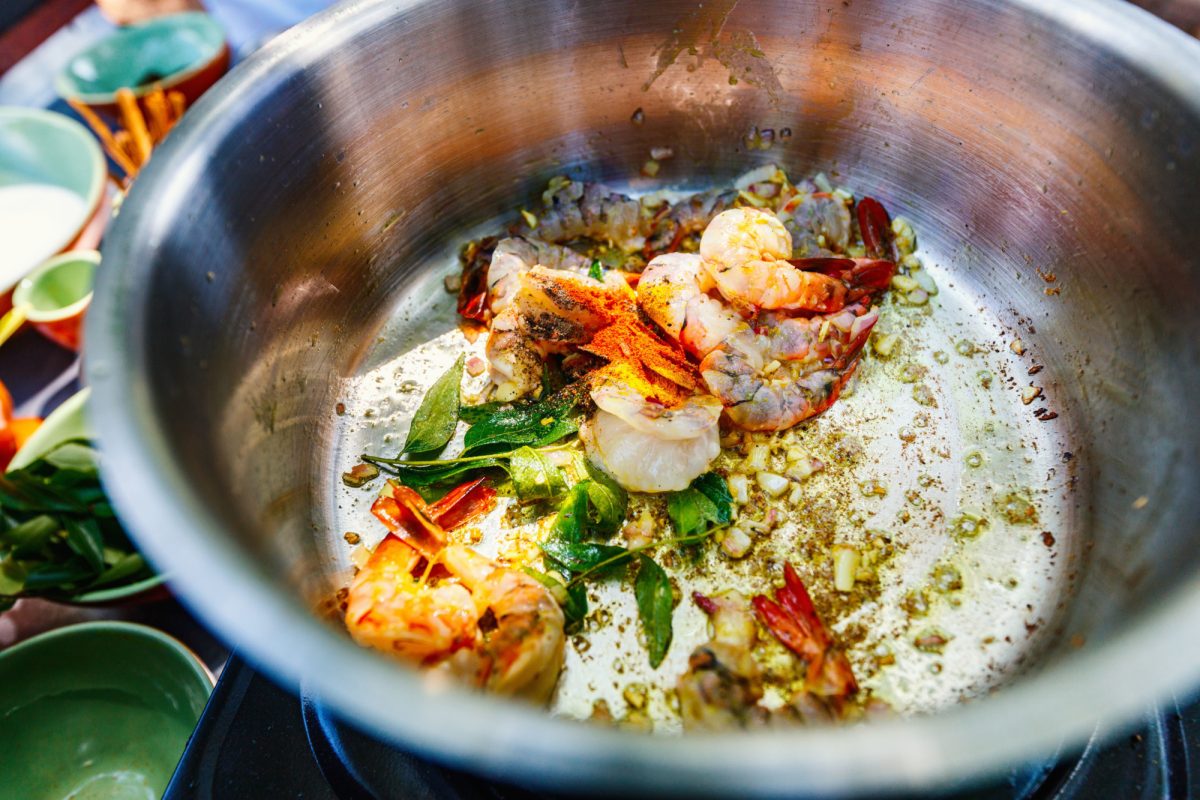
Sri Lankan prawn curry
Eat like a local
Sri Lankan food is often compared to that of South India, and they do share some similarities in terms of ingredients and techniques. But Sri Lankan cuisine has a distinct identity, thanks to the communities and cultures that have shaped the country’s history.
Distinguished by simple yet bold flavours and the masterful use of freshly ground spices, Sri Lankan food champions local, seasonal ingredients. Rice, coconut and fish – both fresh and dried – form the building blocks of most dishes, in addition to a variety of tropical fruits, vegetables, seafood and a little meat.
Sri Lanka travel FAQs
Will I need a visa?
Citizens of most countries (except Singapore, the Maldives and Seychelles) require a visa or an Electronic Travel Authorisation (ETA) to visit Sri Lanka. To apply for the ETA, visit www.eta.gov.lk – the official e-visa portal for Sri Lanka – and fill out a brief form. The application is usually processed within a couple of hours or a maximum of one day after it is submitted. The non-refundable cost of a 30-day tourist visa is US $20 for SAARC countries (South Asian Association for Regional Cooperation) and US $35 for non-SAARC countries. You will need to print out your ETA (or have it available on your phone) to show immigration officials before entering Sri Lanka.
How much time should I spend in Sri Lanka?
Sri Lanka is a small country but if you’re travelling by road, traffic delays can significantly affect travel times. To avoid exhaustion and experience the country in an unhurried way, we recommend spending at least two weeks there. This will allow you enough time to travel inland from the coast to the hills or the Cultural Triangle, and also factor in a few days of rest.
What is the Sri Lankan currency?
The Sri Lankan rupee (LKR / Rs) is the national currency. Most business in Sri Lanka is conducted in rupees, and tourists will use it to pay for public transport, hotels, groceries, meals and entry to most attractions. Although US dollars or UK pounds may occasionally be accepted in larger hotels, the conversion rate is usually far from favourable.
The Sri Lankan rupee is not an international currency, so it is best to bring cash with you and exchange it, or withdraw small amounts of money at a time from an ATM. The latter might be smartest as the conversion rate is usually better than the one you will get at a bank or exchange bureau. However, ATMs charge a small fee (usually Rs 200-300; US $1-2) per transaction and a similar foreign exchange transaction fee. They also have daily withdrawal limits that range from Rs 40,000-60,000 (US $260-390), although some banks have higher limits.
When changing money it’s best to use a bank or an authorised currency exchange service. Currency exchange services at the airport are convenient but often offer unfavourable rates. Avoid unauthorised or fly-by-night currency exchange services to prevent being scammed.
Can I use credit/debit cards in Sri Lanka?
International credit and debit cards are accepted at larger businesses, hotels, restaurants, etc. But away from the larger businesses and outside of the bigger towns, Sri Lanka is still a largely cash-based economy, so it is best to always have some rupees with you.
How will we get around?
Local buses are the most budget-friendly way to get around the country, although you’ll have to be prepared for crowds, occasionally erratic driving, and bumpy roads. The train network serves most of the island and is a convenient way to travel to the hills or to the far north. But you need to make reservations in advance, especially during peak season.
A good tour operator will be able to arrange a car rental. Given that most of the country is now connected by good roads and high-speed expressways, hiring a car is an efficient and comfortable way to get around, particularly if you plan to visit several places during your visit. Although rush hour traffic in Colombo may suggest otherwise, travelling by road in Sri Lanka is mostly safe. However, it’s best to avoid winding roads in the hills after dark; rogue bus drivers can occasionally make this a hair-raising experience.
Organised tours will use private cars or minivans for small groups, and luxury buses for larger numbers. An organised tour minimises the hassle of battling touts, queuing to buy tickets or bargaining for the best price with local transport providers and tour guides.
Whether you opt for a private vehicle or an organised tour, it is likely that your driver will expect a small tip for his services in addition to the pre-decided fee. Pay this only if you are satisfied with the service.
Is Sri Lanka safe?
Despite the country's post-civil war stability being punctured by occasional outrages such as the 2019 attacks, day-to-day life in Sri Lanka is safe — especially for visitors. Violent crime is extremely rare, and makes waves when it does occur. In Colombo and other cities, take basic precautions such as avoiding flashy jewellery or carrying too much cash. It is advisable for women to avoid hiring tuk-tuks in the street late at night; cab services like Uber, PickMe and Kangaroo are safer options. In smaller cities, isolated beaches and parts of the north that are just getting used to tourists, women travellers should avoid travelling alone at night.
Unfortunately, touts and tuk-tuks masquerading as tour guides abound around many of Sri Lanka’s most famous attractions. Beware of anyone promising to get you free entry or heavy discounts – this is usually a scam.
When buying gemstones, insist on a certificate of authenticity. Most reputed stores in Colombo and Galle will offer you one, especially for valuable gems such as sapphires. Buying cut-price gemstones may be a tempting proposition, but it is more than likely that you will be sold a piece of glass.
What vaccinations are needed for Sri Lanka?
The recommended shots for Sri Lanka are the standard travel vaccinations – tetanus, typhoid and hepatitis A. If you intend to stay for a longer period, your doctor may also suggest vaccinations for rabies and hepatitis B.
Is there malaria in Sri Lanka?
Mosquitoes are plentiful (and hungry!) but although malaria is present, the risk of contracting the illness is low in all parts of the island. Antimalarials are not usually required, but make sure you bring precautions such as mosquito repellent or a citronella spray with you. If you are staying in homestays or lower-key accommodation, ask in advance about the availability of a mosquito net, or just bring your own to be safe.
Dengue fever has been a widespread problem in Sri Lanka in recent years. There is no vaccine for it, so it’s wise to take precautions such as keeping covered up and using mosquito sprays and repellents or gentler sticker-patches for children.
Can you drink the tap water in Sri Lanka?
Most well-known restaurants offer filtered water but avoid drinking tap water in smaller restaurants or highway stops. Bottled mineral water is widely available, and is generally the safer option. In some tourist areas, fruit juice vendors may offer to use mineral water – this is by far the better choice.

